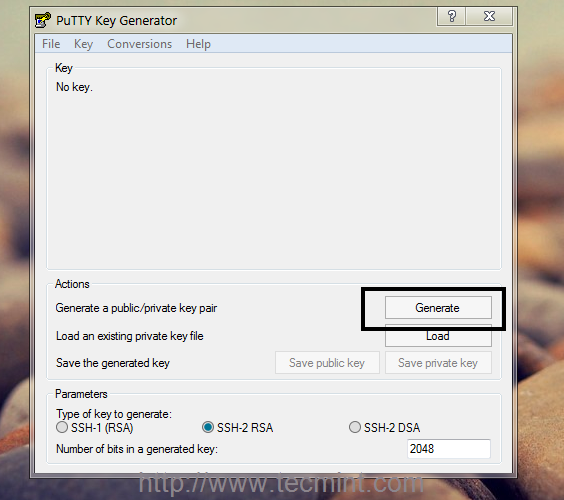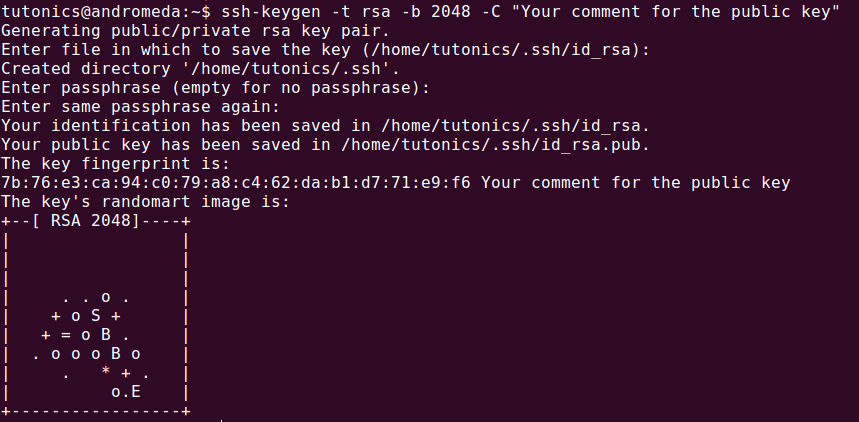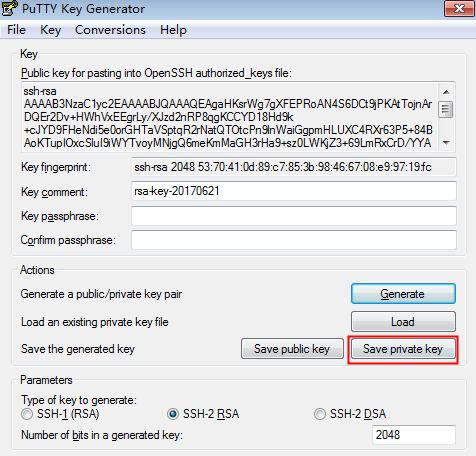

#OPENSSH RSA HOW TO#
Follow the documentation to learn how to use it. WinSCP is the most popular GUI Client for file transfer over sftp in Windows. If you've enabled SSH on your Factory OS device, you'll also be able to connect with sftp.

You can use SSH for file transfer, over the sftp protocol.
#OPENSSH RSA PASSWORD#
Ssh -i C:\Users\User/.ssh/id_rsa C:\Users\User/.ssh/id_rsa id your private key, user is the username you chose when setting up SSH, and 192.168.1.2 is your Factory OS device's IP address.Įnter the password for your user if you're connecting with a username and password, or if you configured your key to require a password. Ssh user is the username you chose when setting up SSH, and 192.168.1.2 is your Factory OS device's IP address.

Open the public key file with a text editor. Navigate to the the folder where you stored your keys, you'll see a private key that has no extension and a public key that has a. Your public key has been saved in C:\Users\User/.ssh/id_rsa.pub. Your identification has been saved in C:\Users\User/.ssh/id_rsa. This command will prompt you for the following information, and provide output similar to the following: Enter file in which to save the key (C:\Users\User/.ssh/id_rsa):Įnter passphrase (empty for no passphrase): When you run this command, you can choose to save the keys to a location on your PC, and also set a password: ssh-keygen Create a keypairįrom a Command prompt on your technician PC, run ssh-keygen.exe to generate a public and private keypair.
#OPENSSH RSA PC#
Run ssh-keygen.exe on your technician PC to generate one. You'll need a public key in OpenSSH format. If you have a key pair for SSH (see your SSH client documentation for details), you can use it instead of a username and password. You can customize the username and password with the SSHUsername and SSHPassword settings in the settings customization framework. Username and password in Factory OSįactory OS includes a built-in administrator account that you can use to connect with SSH: Configuring an SSH username and password depends on the Factory OS product that you're using. To be able to connect using a username and password, you have to first configure a username and password. The SSH tab is at the bottom of the list. Once connected to Device Portal, navigate to the SSH tab in the left-hand pane.Open a browser on your technician PC and navigate to the URL of your Factory OS device.If your image isn't configured to automatically start the SSH server, you can use Windows Device Portal to manually start the SSH server. On images that include the WindowsCoreNonProductionFM feature manifest, you can add the WCOS_OPENSSH_AUTOSTART feature to automatically start the SSH server. In Factory OS, get the IP address from the main screen of the Factory Composer app, or in the top-right corner of Factory Orchestrator. The IP address of the device you're connecting to.
#OPENSSH RSA WINDOWS 10#
Windows 10 includes an SSH client that's installed by default. The SSH server started on your Factory OS device.To connect to a device using SSH, you'll have need: You can use SSH to connect to all Factory OS images OpenSSH (Secure Shell) is a standard protocol for secure terminal connections. You can use OpenSSH to connect to your Factory OS test devices and VMs and run commands or transfer files.


 0 kommentar(er)
0 kommentar(er)
